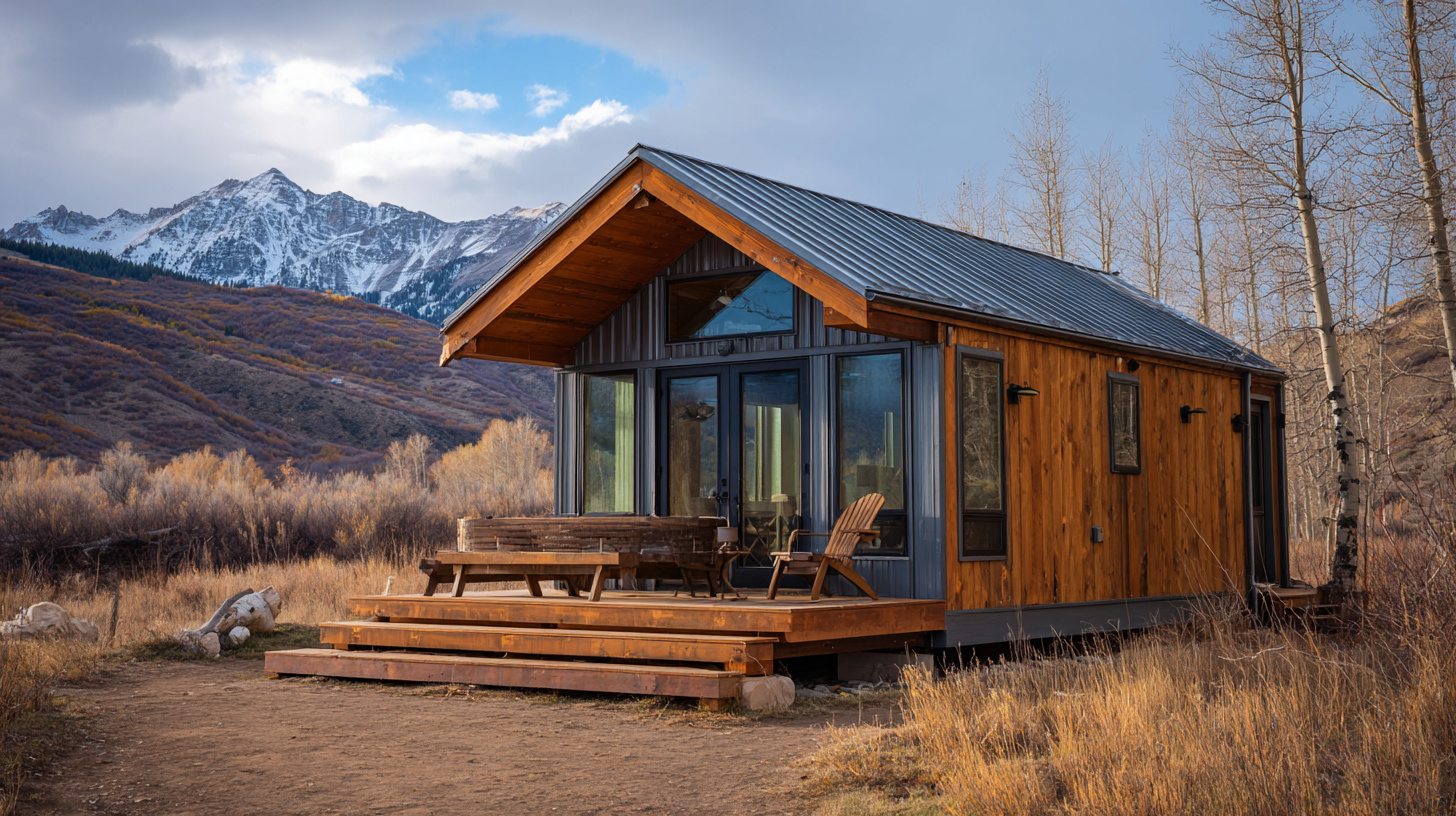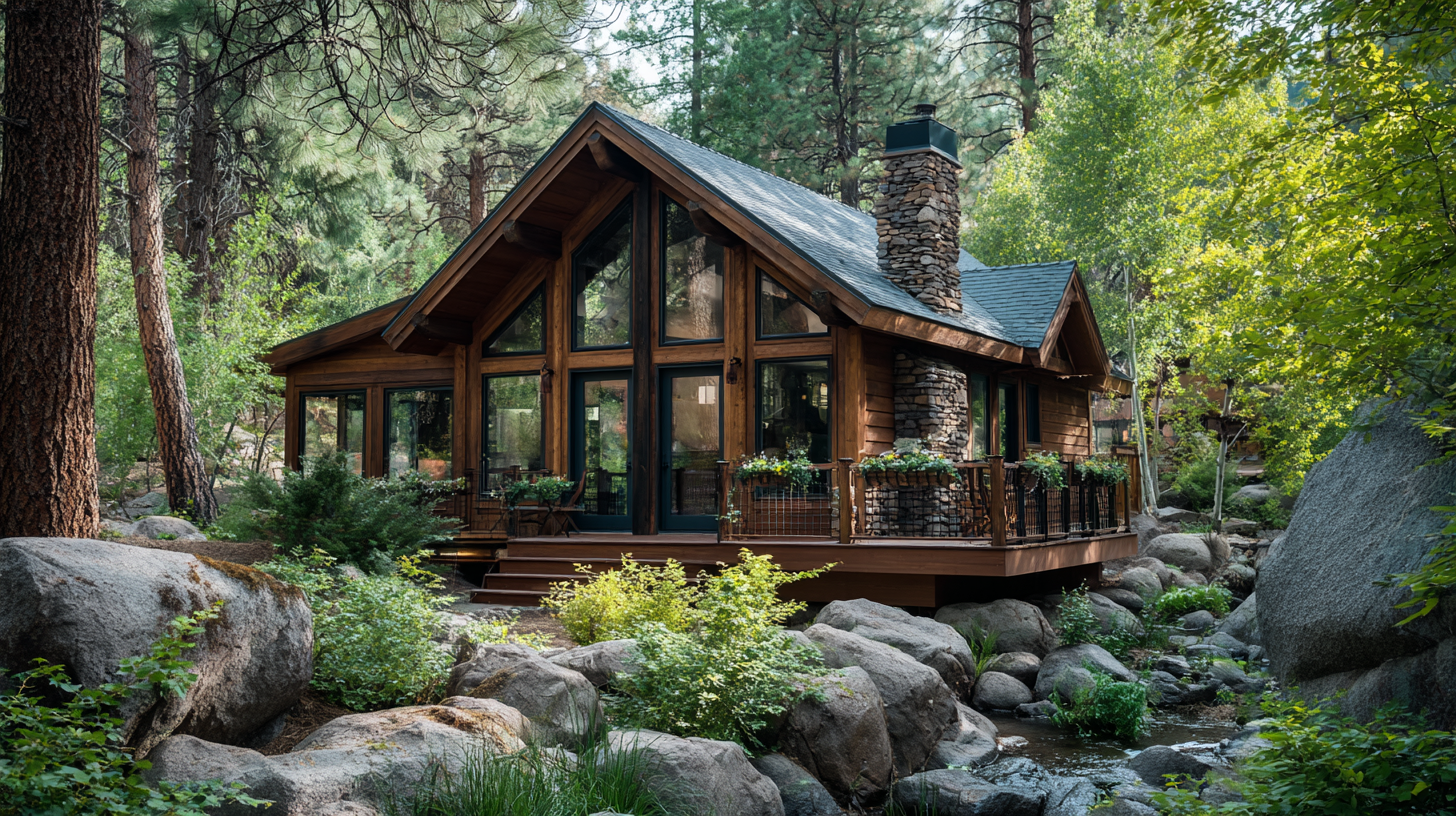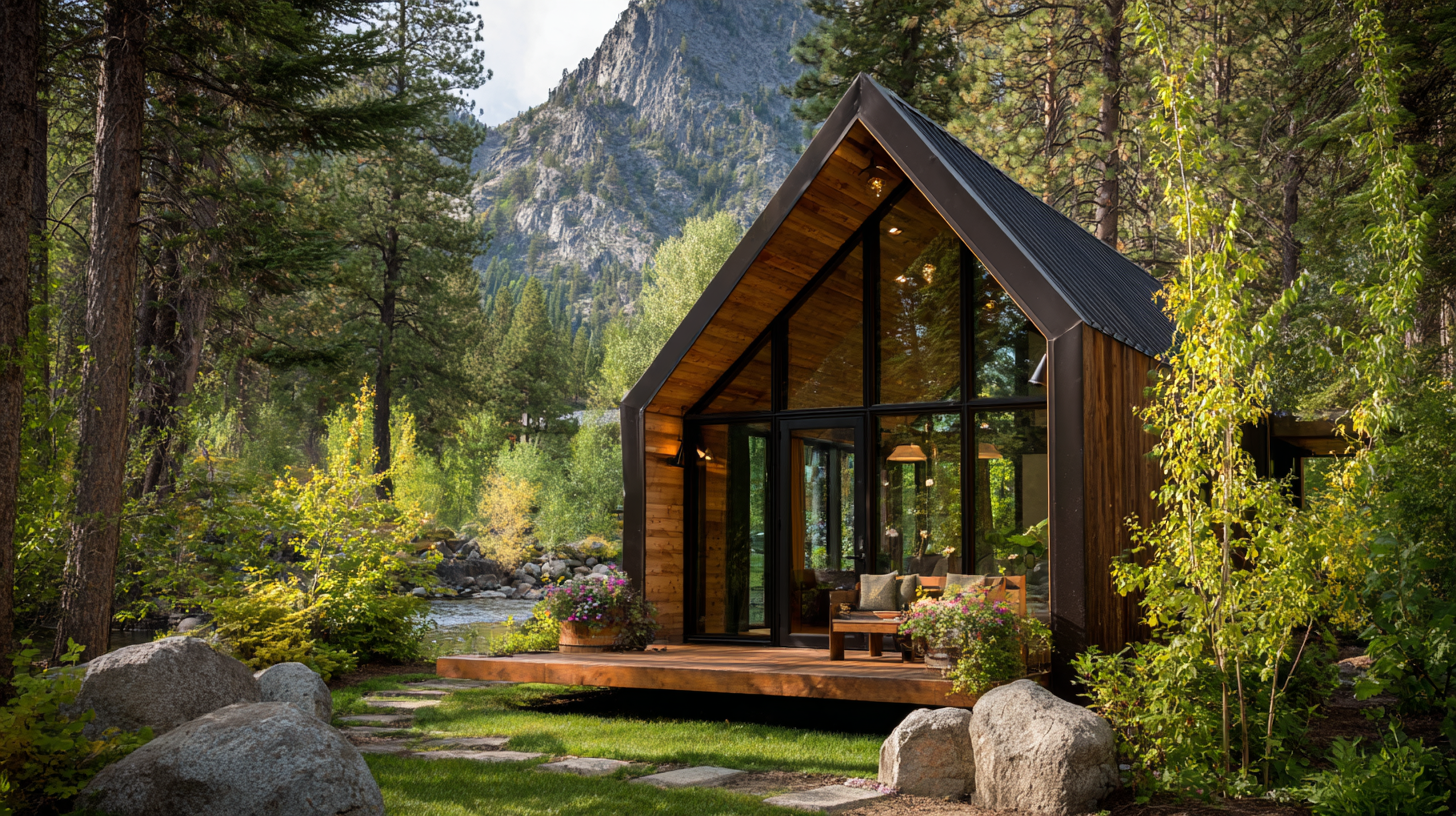In recent years, the demand for affordable housing solutions has surged, with the prefab cabin industry emerging as a leading contender to meet this need. According to a report by Grand View Research, the global prefabricated building market is expected to reach $202.41 billion by 2028, driven by the rising interest in sustainable and efficient construction methods. Affordable prefab cabins offer a perfect blend of cost-effectiveness, speed, and sustainability, making them an attractive option for homeowners and developers alike. They not only minimize labor costs and construction time but also contribute significantly to reducing the ecological footprint. As more people seek innovative ways to obtain housing without breaking the bank, affordable prefab cabins are increasingly seen as a viable solution for various projects—from vacation retreats to permanent residences. By exploring the compelling reasons to opt for these efficient structures, stakeholders can make informed decisions that align with both their financial and lifestyle goals.

When considering a new project, the choice of building materials and methods plays a vital role in both cost and convenience. Affordable prefab cabins stand out as an attractive option due to their inherent cost-effectiveness. Traditional construction can involve lengthy timelines and substantial labor costs, but prefab cabins streamline the process. These structures are manufactured in a controlled environment, leading to less waste and lower material costs. By opting for prefab cabins, you can significantly reduce your budget without compromising on quality.
In addition to financial benefits, prefab cabins offer unparalleled convenience. The modular design allows for faster assembly on site, meaning you can move into your new space more quickly than with standard construction. Furthermore, many prefab companies offer customizable options, allowing you to tailor designs to meet your specific needs while still enjoying the benefits of quick installation. This blend of affordability and efficiency makes prefab cabins an ideal choice for those looking to maximize their investment while enjoying the comfort and practicality they provide.

 Prefab cabins are increasingly recognized for their sustainable living options, making them an attractive choice for eco-conscious consumers. According to a report by the National Association of Home Builders, prefabricated homes can significantly reduce energy consumption and waste, as they are built in controlled environments that minimize material waste by up to 20% compared to traditional construction methods. The efficiency of the manufacturing process not only conserves resources but also reduces the carbon footprint associated with transporting materials to construction sites.
Prefab cabins are increasingly recognized for their sustainable living options, making them an attractive choice for eco-conscious consumers. According to a report by the National Association of Home Builders, prefabricated homes can significantly reduce energy consumption and waste, as they are built in controlled environments that minimize material waste by up to 20% compared to traditional construction methods. The efficiency of the manufacturing process not only conserves resources but also reduces the carbon footprint associated with transporting materials to construction sites.
Moreover, many prefab cabins are designed using eco-friendly materials that enhance sustainability. A study published by the U.S. Green Building Council highlights that homes designed with sustainable materials can save up to 30% in energy costs over their lifetime. Features such as solar panels, green roofs, and efficient insulation systems are commonly integrated into prefab designs, which contribute to a healthier living environment while reducing dependence on non-renewable resources. By choosing affordable prefab cabins, homeowners not only invest in cost savings but also support a sustainable future.
When considering the design flexibility of affordable prefab cabins, customization becomes an undeniable advantage for homeowners. Much like the burgeoning trend of personalized mechanical keyboards or the innovative methods brought forth in iOS 18 for customizing device interfaces, prefab cabins offer myriad options that cater to individual tastes and styles. As the demand for personalized spaces grows, industry reports indicate a significant rise in modular living solutions. By 2032, the modular furniture market, which often overlaps with prefab designs, is projected to reach considerable heights, primarily driven by consumer preferences for tailored solutions.
The ability to customize every element of a prefab cabin means that homeowners can reflect their personal style, whether through unique layouts or bespoke finishes. With 2025 market trends predicting a compound annual growth rate of over 5% for kitchen and bathroom products, the eco-friendly and versatile nature of prefab cabins positions them favorably within this expanding landscape. This demand for tailored options speaks to a broader shift in consumer behavior, favoring spaces that not only provide shelter but also resonate with individual identity and lifestyle needs.
| Reason | Customization Option | Benefits |
|---|---|---|
| Cost-Effective | Materials Choices | Lower overall expenses while maintaining quality. |
| Quick Construction | Size and Layout Flexibility | Faster project completion allows for quicker use of the space. |
| Sustainability | Eco-Friendly Materials | Reduced environmental impact and energy efficiency. |
| Versatility | Variety of Designs | Can suit a variety of uses such as cabins, offices, or studios. |
| Low Maintenance | Durable Finishes | Less time and money spent on upkeep. |
| Custom Interior Features | Interior Layout Design | Optimize space usage based on personal needs. |
| Financing Options | Modular Financing Plans | Flexible payment plans to suit various budgets. |
| Aesthetically Pleasing | Exterior Finishes | Enhances curb appeal to match homeowner style. |
| Community Support | Local Builder Partnerships | Support local economies through your project. |
| Innovative Technology | Smart Home Options | Incorporate technology for convenience and efficiency. |
Quick Installation: Time Efficiency in Building Prefab Cabins
When considering a construction project, time efficiency plays a crucial role, and prefab cabins shine in this aspect. According to a report by MarketsandMarkets, the prefabricated construction market is projected to grow at a compound annual growth rate (CAGR) of 6.5% between 2021 and 2026, a clear indicator of the increasing preference for quicker build times. A typical prefab cabin can be assembled in a fraction of the time it takes to build a traditional cabin, often requiring as little as 1-2 weeks from delivery to completion, depending on the model and site conditions.
This rapid installation is primarily due to the off-site manufacturing process, where modules are constructed in a controlled environment. The National Association of Home Builders (NAHB) reports that using modular construction can reduce overall construction time by up to 50%. This efficiency not only minimizes labor costs but also significantly reduces potential delays caused by weather and site conditions. As projects can commence sooner and be concluded in less time, it allows for quicker return on investment, making affordable prefab cabins an appealing option for those looking to capitalize on their projects.
Prefab cabins have emerged as a popular choice for diverse projects due to their remarkable versatility. Whether you are considering a serene retreat in the woods, a cozy guest house, or even a functional workspace, these cabins can be customized to fit various uses. Their modular design and ease of assembly make them suitable for different locations, allowing you to integrate them seamlessly into the landscape, regardless of the terrain.
Moreover, the affordability of prefab cabins makes them accessible for budget-conscious individuals and businesses alike. They can be quickly deployed for special events, temporary housing, or community projects, proving that quality and cost-effectiveness are not mutually exclusive. As urban areas increasingly demand innovative space solutions, prefab cabins stand out as an ideal answer for multi-functional uses in both rural and urban settings, making them a smart investment for any upcoming project.
